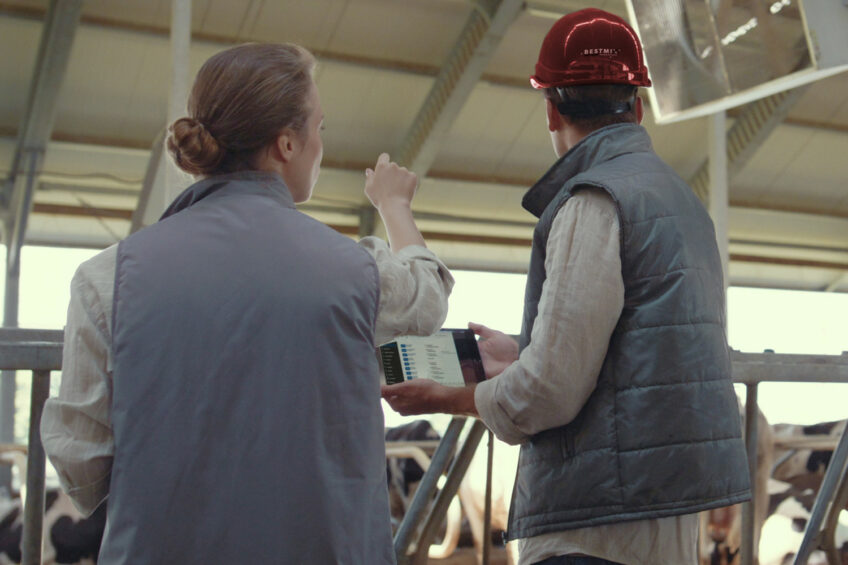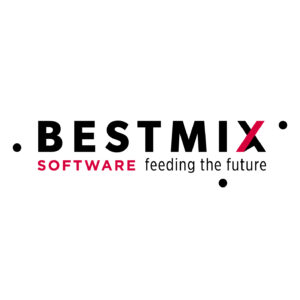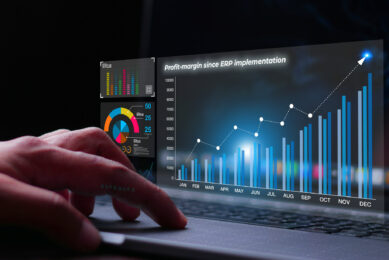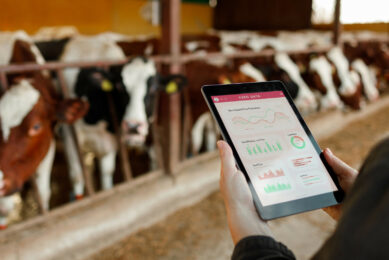Optimising feed mill operations: How ERP drives visibility and efficiency in the feed supply chain

ERP gives feed mills and integrators greater operational support to enhance productivity. ERP system can use machine learning to accurately forecast when feed mill customers will need replenishments and suggest or automate sales and just-in-time deliveries of fresh feedstock.
In virtually every industry, successful businesses strive to attain loyalty, customer satisfaction, and repeat business. That’s especially true in agriculture – and the feed supply chain, in particular – where long-term relationships are based on trust and the ability to address countless challenges. Today’s farmers want their feed-mill partners and solution providers to help them in a variety of ways:
Complete bin management
Today at the farm, many feed bins are programmed to automatically dispense precise quantities of feed on customised schedules for all types of livestock, breeds, ages, and health statuses. Fortunately, low-cost, low-power Internet of Things (IoT) sensors and instrumentation can efficiently manage feeding times and wirelessly communicate valuable data to an ERP system regarding the levels of remaining feed, consumption rates, and more.
Armed with this information, previous order histories, animal types, and other farm-specific data, the ERP system can use machine learning to accurately forecast when feed mill customers will need replenishments and suggest or automate sales and just-in-time deliveries of fresh feedstock. Farmers can use a customer hub to place online feed orders triggered by notifications of low bin inventory. The order will automatically contain the proper bin assignment to avoid unloading errors. Either strategy will help prevent stock outages and rush deliveries.
Updated, transparent pricing
In the feed supply chain, even small price fluctuations can have significant downstream impact. Suppliers want to offer the most competitive prices through well-structured (and fully transparent) contracts that reduce every stakeholder’s exposure to unwelcome cost surprises. Unlike typical consumer e-commerce transactions, prices and sales by the feed mill to farmers are typically governed by unique (and often highly complex) agreements that typically include early-order discounts, volume discounts, full-truck order discounts, haulage charges, fuel surcharges, and more.
For too long, however, this pricing information was difficult for farmers to see – it was only available to the supplier’s internal sales team at the feed mill. Sales reps and customer-service agents notified customers of price changes by phone, email, or web price lists. That led to needless delays and unwelcome surprises that can erode customer loyalty. Today, however, farmers can directly retrieve updated and accurate price quotes from the feed mill in real time using an online portal tied into the back-end ERP system. This increases transparency, trust, and customer satisfaction, while reducing questions for your sales reps.
Take a look at this video to find out more about the ERP for nutrition industries.
A tight electronic document trail
With their inherent added costs and delays, paper documents are no longer desirable in many parts of the feed supply chain. Increasingly, many feed mills want to implement different, modern approaches when providing legal documents to farmers for inspection, such as delivery notes and invoices, as well as feed labels. ERP systems can email these documents to farmers – from order confirmations to advance shipping notices. Alternatively, ERP systems can also make these documents – with archived histories – available on-demand through a customer portal and enable the farmer to download documents whenever needed.
Transparency in food safety and environmental protection
Food safety is, of course, a requirement throughout the food supply chain. Since all feed supply chains eventually create food for human consumption, farmers must comply with strict production regulations regarding quality, safety, traceability, labelling – even their carbon footprint – by creating and maintaining complete documentation throughout every process. Government regulators, retailers, investors, and other stakeholders are asking for this documentation from farmers.
Through a convenient portal, ERP systems can present complete documentation and histories – including recipes, quality-control measures, prescription feeds and hormones, and more. You can trace back all raw-material receipts and inspection results. You can confirm the exact nutritional contents of the delivered feed. And you can use that data to calculate carbon-footprint metrics associated with your supply chain for ESG reporting purposes.
By empowering your customers, ERP gives feed mills and integrators greater operational support to enhance productivity, since customers no longer need to ask for information from someone in your organisation.
Unlocking stronger loyalty
All of these solutions enable nutrition businesses to eliminate inefficiencies and create stronger connections to customers. By enhancing the customer experience, feed suppliers can build lasting relationships, improve customer satisfaction, increase efficiency, and lower costs.






